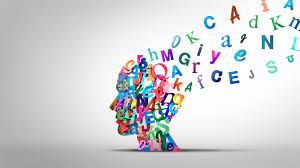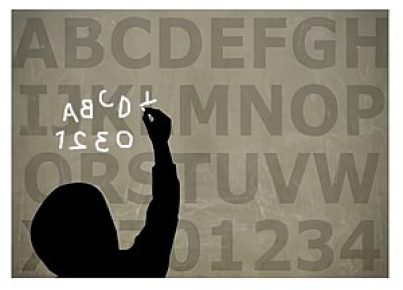Introduction
Dyslexia is a well-known yet often misunderstood learning disability that affects a person’s ability to read, write, and spell. Despite having average intelligence, individuals with dyslexia struggle with various language-related tasks, which can have a significant impact on their academic and professional success. This article aims to provide a comprehensive overview of dyslexia by examining its causes, symptoms, diagnosis, and available support strategies.
Causes of Dyslexia
The exact cause of dyslexia remains unknown; however, research suggests that genetic factors play a significant role in its development. Studies have identified several genes that may contribute to the development of dyslexia when combined with other factors like brain structure and environmental influences.
Neurological research has also shown that individuals with dyslexia exhibit differences in brain structure compared to those without the condition. These differences involve areas responsible for processing language-based information, such as the left hemisphere’s posterior regions.
Symptoms and Signs
Dyslexia presents itself differently in each individual but tends to share certain common traits. Key symptoms often include:
1. Difficulty decoding words: People with dyslexia often struggle with breaking words down into smaller parts (like syllables) or associating letters with their corresponding sounds.
2. Poor reading fluency: Those affected by dyslexia typically read slowly and with difficulty.
3. Trouble with spelling: Spelling errors are common amongst individuals with dyslexia.
4. Difficulty understanding written text: This can result from struggles with decoding words and lack of fluency.
While these are typical symptoms, it is essential to recognize that not every person with dyslexia will display all these difficulties.
Diagnosis
Identifying dyslexia requires a thorough evaluation process conducted by qualified professionals like educational psychologists or speech-language pathologists. Assessments usually involve:
1. Family and personal history: This helps determine if there are any genetic factors or developmental concerns.
2. Standardized tests: These measure reading, writing, and spelling skills compared to average development levels.
3. Cognitive evaluations: These tests measure memory, processing speed, and phonological awareness.
Support Strategies
There is no one-size-fits-all approach to supporting individuals with dyslexia – interventions and strategies should be tailored to suit each person’s unique needs. Common approaches include:
1. Multisensory instruction: This involves teaching reading using visual, auditory, tactile, and kinesthetic modalities.
2. Individualized education plans (IEPs): These outline educational support based on the student’s strengths and weaknesses.
3. Assistive technology: Tools like text-to-speech software can help support individuals with dyslexia in their academic pursuits.
Conclusion
Dyslexia is a complex learning disability that can have lasting repercussions on a person’s academic and professional life. Early identification, diagnosis, and intervention are crucial for enhancing an individual’s chances of success. By understanding the signs and symptoms of dyslexia, parents, teachers, and professionals can work together to support those affected by this condition and ensure they achieve their full potential.




